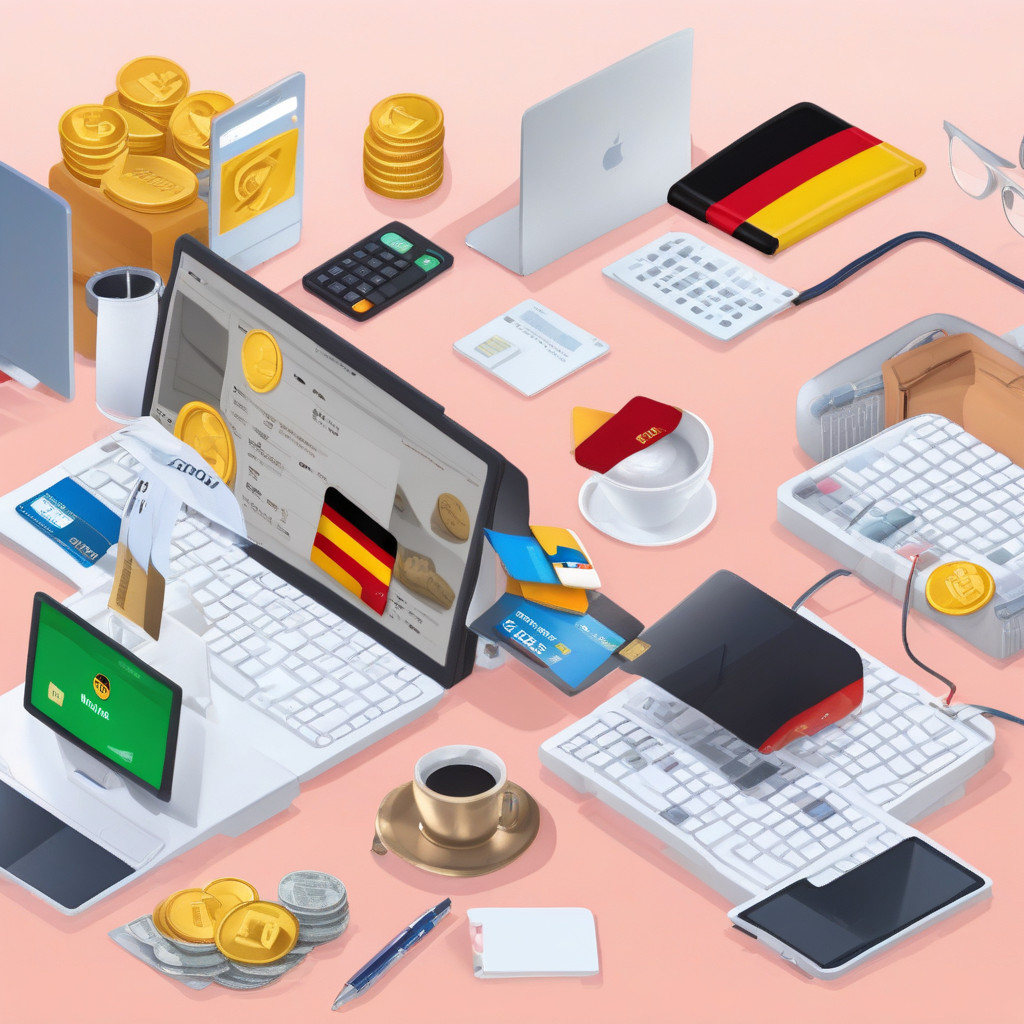Payment Methods Powering German E-Commerce: A Comprehensive Guide
When it comes to running a successful e-commerce business in Germany, offering the right payment methods can make or break the sale. German consumers are known for their attention to security and preference for familiar payment options. Therefore, it’s crucial for online retailers to provide a variety of payment methods to cater to the diverse needs of their customers. In this guide, we’ll delve into the most popular payment methods used by German e-commerce businesses, helping you understand the preferences of this lucrative market.
1. Credit and Debit Cards
Credit and debit cards are widely used in Germany, with Visa and Mastercard being the most popular choices. Customers appreciate the convenience and security that comes with card payments. To cater to this preference, ensure that your e-commerce store accepts major credit and debit cards to attract a larger pool of potential buyers.
2. PayPal
PayPal is a trusted payment method in Germany, known for its buyer protection policies and seamless checkout process. By offering PayPal as a payment option, you can appeal to customers who prefer this secure and convenient way of transacting online.
3. Bank Transfers (Überweisung)
Bank transfers, or Überweisung in German, remain a prevalent payment method, especially for larger purchases. Many German consumers still prefer the familiarity and security of transferring money directly from their bank account. Integrating bank transfers into your payment options can help you tap into this segment of the market.
4. Direct Debit (Lastschrift)
Direct debit, or Lastschrift, is another popular payment method in Germany. Customers can authorize the merchant to withdraw the payment directly from their bank account, making it a convenient option for recurring payments or subscription services. Including direct debit as a payment choice can attract customers looking for hassle-free transactions.
5. Invoice (Rechnung)
The pay-after-delivery option, known as Rechnung, is a unique payment method favored by German consumers. With this method, customers receive the goods first and then have a specified period to pay the invoice. Offering the invoice payment option can help build trust with customers who prefer to inspect the product before making a payment.
6. Digital Wallets
Digital wallets like Apple Pay and Google Pay are gaining popularity in Germany due to their convenience and enhanced security features. By integrating digital wallets into your payment methods, you can cater to tech-savvy consumers looking for a seamless checkout experience across devices.
In conclusion, understanding and offering a range of payment methods is essential for e-commerce businesses targeting the German market. By providing secure, convenient, and familiar payment options, you can enhance the shopping experience for your customers and increase conversion rates. Keep in mind the preferences of German shoppers and optimize your payment processes to meet their needs, ultimately boosting your online sales and gaining a competitive edge in the ever-growing e-commerce landscape.
#GermanEcommerce, #PaymentMethods, #EcommerceBusinesses, #OnlineShopping, #ConversionRates
